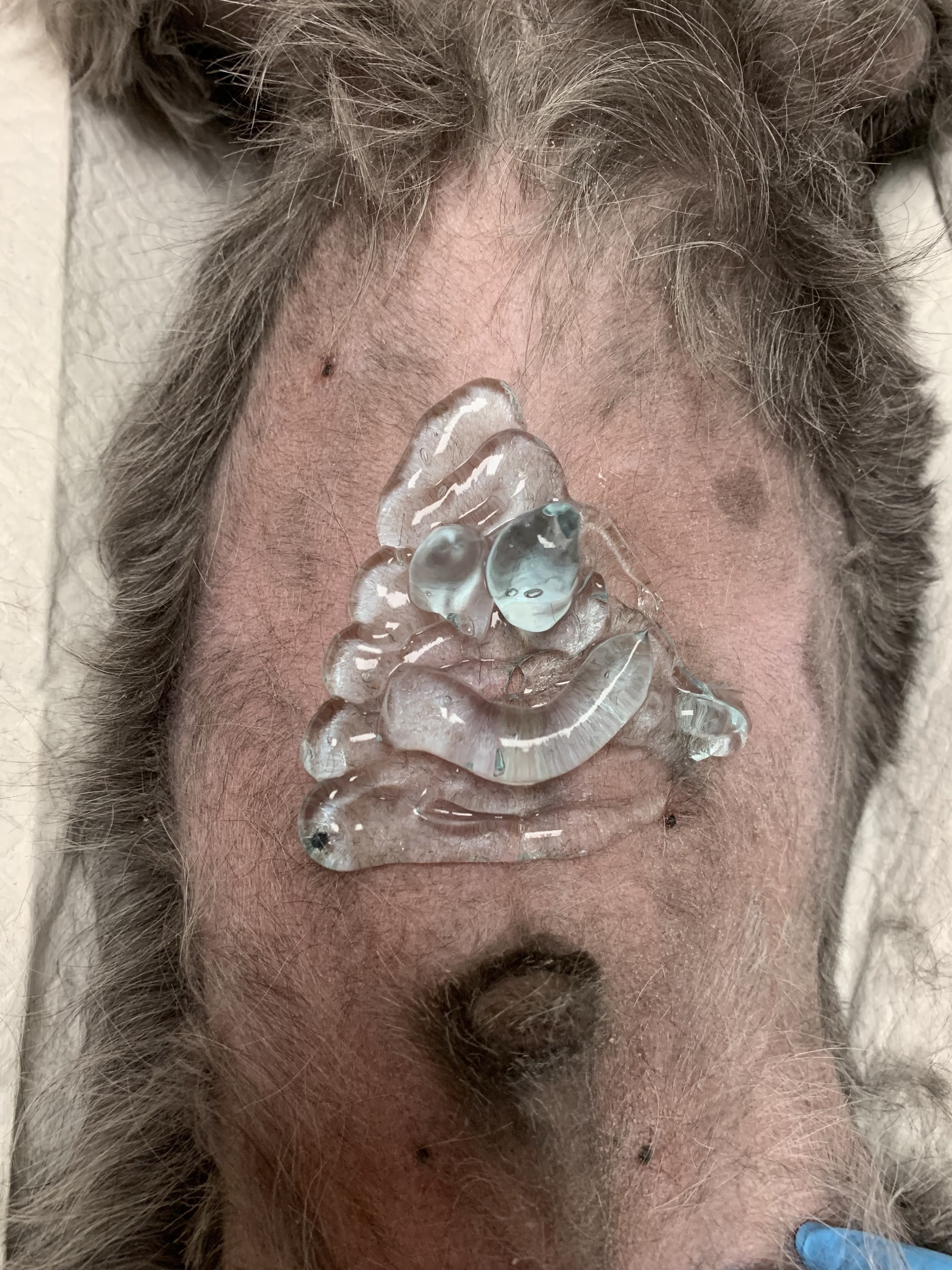My older brother Max and I have always been super close, but there was an eight-year period of my life where I hardly saw him at all. Here we are during the one time he was able to visit me at college:
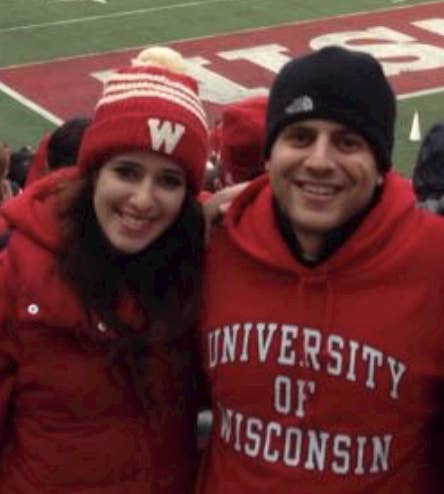
Max's nearly decade-long absence from weddings, graduations, and other significant life events can be directly attributed to his decision to become a veterinarian. Damn him and his big heart!
Now that Max has finally finished four years of vet school and four MORE years of an internship/residency, I decided to sit down with him to talk about his veterinary journey. Here are 18 shocking, hilarious, sad, and heartwarming facts about what it takes to be a practicing veterinarian:
1. There are only 29 "AVMA accredited" veterinary colleges in the United States, and 49 in the world. The AVMA is the American Veterinary Medical Association. You need to graduate from one of these schools in order to be eligible for the veterinary licensing exam, and to practice veterinary medicine in the United States.
2. Given the sparsity of AVMA accredited colleges, it's incredibly competitive to get into veterinary school in the US. Max went to University of Pennsylvania School of Veterinary Medicine. In 2015, they had a 9% acceptance rate. In order to be a strong candidate, you need at least 500 hours of veterinary or animal experience.
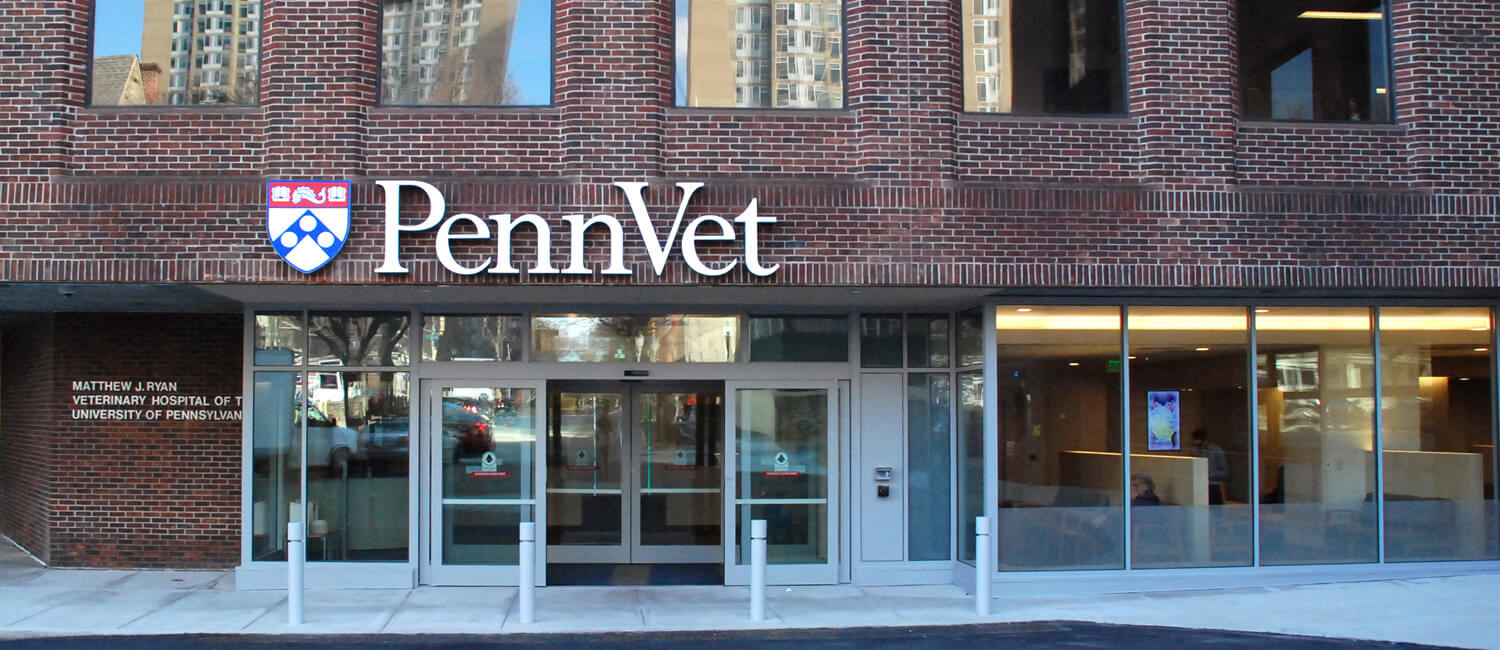
3. Not all veterinarians practice in a "normal" office. When Max was in veterinary school, he spent a summer in South Africa with a wildlife veterinarian. He helped him dehorn and tag rhinos as a deterrent to poachers who were trying to kill them (for their horns).

4. In vet school you don't just learn the anatomies of dogs and cats. You deal with the cadavers of horses, cows, sheep, and exotic species as well. In Max's first year of vet school, he was dissecting a different type of animal each day, depending on the lesson. "I partially lost my sense of smell until I stopped getting exposed to formaldehyde," he said.
5. Formaldehyde has been reported to be an appetite stimulant, which might explain why Max and his friends were always talking about their next meal while elbow-deep in dead animals 🥴.
6. The last year of veterinary school is devoted to "clinics," where students hone their skills for the real world. But clinics aren't just about cleaning out dog ears and giving vaccines. Max spent two weeks collecting semen from stallions (male horses that still have their balls) and artificially inseminating mares (female horses). As you might expect, it's not exactly G-rated. In fact, here's a video of Max armored up to — in essence — jerk off a stallion with an artificial horse vagina.
View this video on YouTube
Fun fact: Max starred in a reality TV show on Animal Planet called Life at Vet U that followed six students in their clinical year of vet school. Oh, and if you're wondering why they need to artificially inseminate horses, it's because breeding can be very dangerous for both the stallion and mare. They can get injured during mating. Also, one ejaculate from a stallion can be used to inseminate many different mares. If a stallion has a strong pedigree, the ejaculate can be shipped to different horse barns around the US — or even around the world.
7. When you think of a veterinarian, you probably think of your hometown vet that neutered your dog and treated him for diarrhea that time he got into your McDonald's. The truth is that there are multiple veterinary specialities. In order to become a veterinary specialist, you have to go through an incredibly competitive process called "the match" — think matching in medical school. The first step is to do a rotating year-long internship, and after the internship, there's another match to be accepted into a residency if you choose to specialize. Most veterinarians do not specialize, and go right into general practice or emergency.
8. A rotating internship is not for the faint of heart. In Max's intern year, he worked six days, and over 100 hours, a week. When the days got shorter due to daylight savings, it was commonplace for him to not see the sun for an entire week.
9. While working the ER floor at Angell Animal Medical Center in Boston, Max saw multiple cases of animal cruelty. He remembers one particularly devastating case where an owner beat his dog into a coma with a flip flop. Sadly, the dog had to be euthanized. In this case, and multiple others, Max worked directly with MSPCA officers (the Massachusetts Society for the Prevention of Cruelty to Animals) to prosecute the criminals who had purposely harmed their animals.
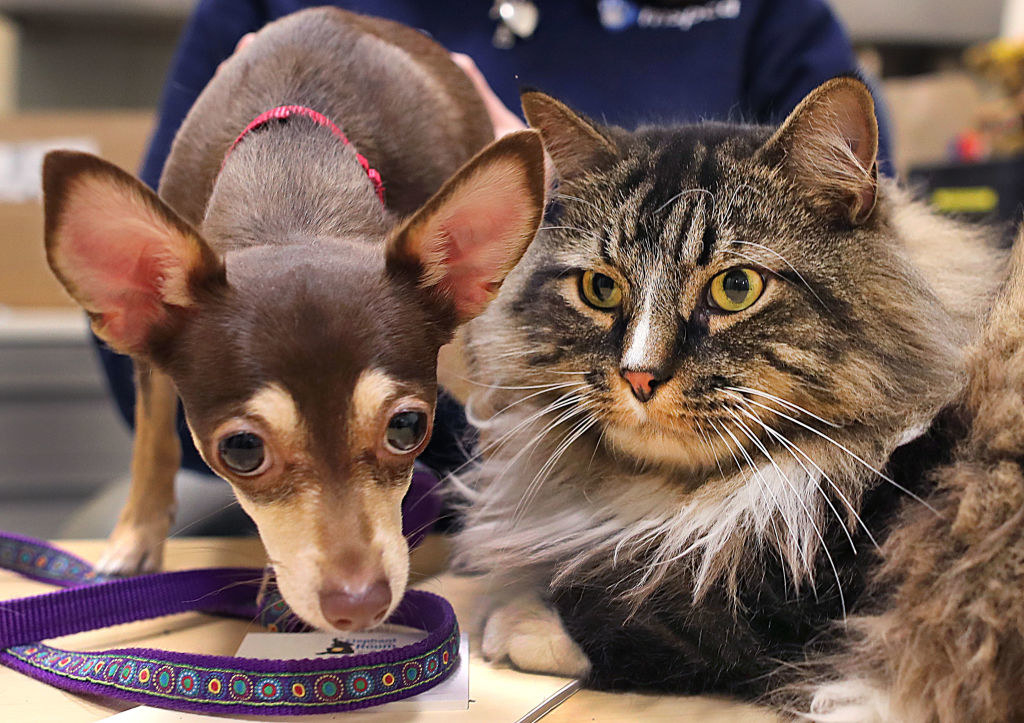
10. There aren't just small animal veterinary specialists — there are large and exotic specialists as well. Despite his love for all species, Max decided to specialize in small animals. There were several different routes he could have taken in this category, but due to his love of problem-solving and minimally invasive procedures, Max chose the specialty of internal medicine. Veterinary internists commonly deal with diseases of the kidneys, liver, gastrointestinal tract, and endocrine system. This was what he did his residency in.
11. "Specializing ain't easy," Max said. Over the course of his three-year residency, he had to log countless clinical hours, pass two veterinary board exams, and publish a research paper. Now, Max is happy to say he's a Diplomat in the American College of Veterinary Internal Medicine (DACVIM). Here he is with his best friend from his residency:
12. We're finally in the present, where Max is a practicing internist in Los Angeles. Last week, he performed an endoscopy and colonoscopy on a cat with chronic vomiting and weight loss. The colonoscopy showed widespread inflammation in the GI tract, and the endoscopic biopsies are currently pending to determine the kitty's diagnosis. In the same day, he performed a CT scan on a dog with chronic bloody nasal discharge. The scan showed a large nasal tumor, which showed that the dog unfortunately had carcinoma. On the bright side, the dog's owners are determined to do anything they can, so the pup is undergoing weekly radiation therapy to shrink the tumor.
13. There's a dark side to the veterinary field that Max wishes more people knew about. A study by the AVMA was published in 2019 about how the suicide rate of veterinarians from 1979–2015 was significantly higher than the general US population. On a daily basis, veterinarians take on the heavy responsibilities of being the caretakers of animals with terminal illness, a shoulder to cry on (or scream at) for their owners, and ultimately the ones to euthanize these pets if nothing can be done. An organization called NOMV, or Not One More Vet, is devoted to providing resources and financial support for veterinary workers in need.
14. You might think, "What do you mean financial support? I thought veterinarians made bank?" The truth is that veterinarians suffer from significant student debt. In 2019, the average student loan debt for veterinarians was $183,302. They also get paid significantly less than medical doctors. On average, physicians get paid a median salary of $208,000 per year, whereas veterinarians make a median salary of $99,250. Max currently owes around $240,000 to Uncle Sam :(.
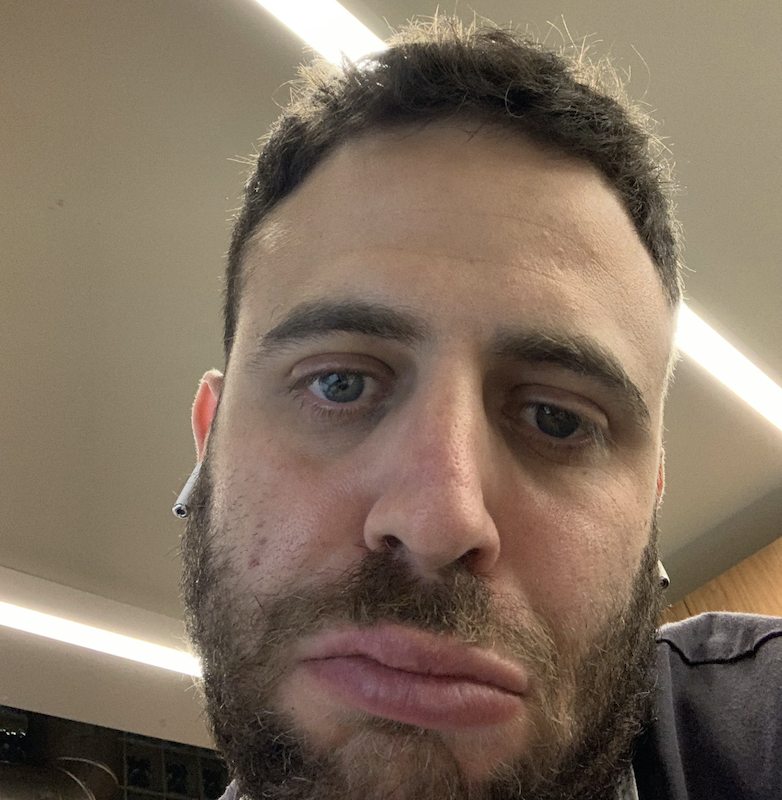
15. As with nearly every industry, the coronavirus pandemic has taken a toll on veterinary workers. In 2020, pet ownership in the US rose from 67% of households to an all-time high of 70%. "Shelter at home" gave millions of Americans an opportunity to rescue pets from shelters. As a result, the caseload for veterinary works is ever-increasing in a field where there is a significant shortage of both veterinarians and technicians. This has taken an emotional toll on veterinary staff who have been essential workers throughout the pandemic — putting their own health on the line.
16. All this to say that Max feels incredibly grateful to be able to be there every single day for animals in need, and to provide a gentle hand for owners who want nothing more than the best for their fur babies (or scale babies, depending on the species).
17. And to lighten the mood, sometimes they draw poop emojis with ultrasound gel on their patients' bellies:
